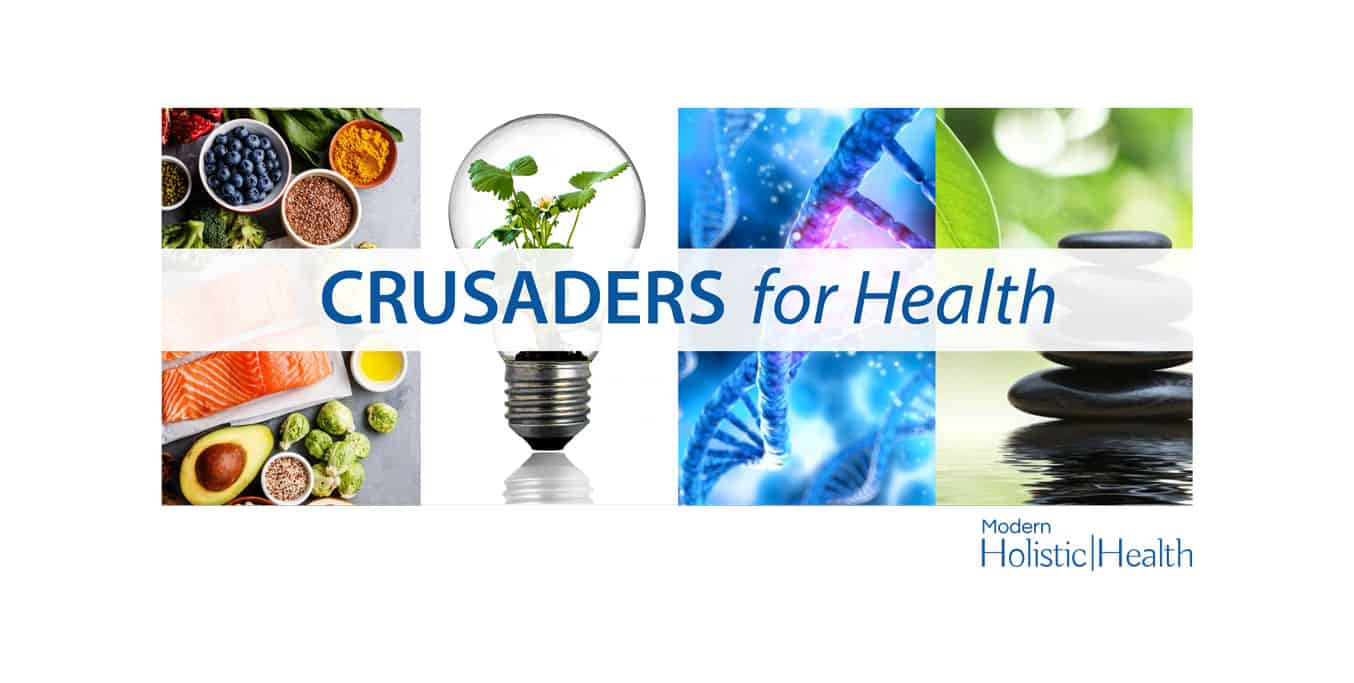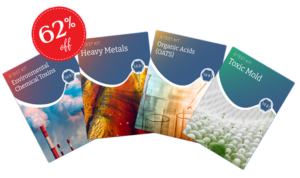
Reframing your Way to Wellness: The Important of Language
by Haleigh Smith
“The moment you have a certain thought and believe it, you will experience an immediate emotional response. Your THOUGHT actually creates the EMOTION.”
-David Burns, MD
I love this quote because this is the secret sauce to how you create the reality you live in. Whether your reality is one you want or one you are trying to change, when you understand that your thoughts combined with the emotions evoked from those thoughts are creating your reality, YOU then have the power to change it.
Working with hundreds of people around the world, one of the most important things we talk about with our program clients is bringing awareness to the language we use.
We know how important it is to not only look at how we talk about ourselves or our symptoms, but the internal dialogue we have with ourselves as well. Every minute of every day, we are creating and then getting the experience of living out a story we ultimately created by the language we use and the emotions attached to it.
Sometimes these stories are a result of years of unconscious patterns that we have become comfortable with and accustomed to. Our stories can also be a result of things we heard or experienced at any point in our lives.
The first step in breaking the cycles of stress, anxiety, and depression that these stories cause is bringing an awareness to our stories and the phrases that are on repeat in our heads without us even realizing it. These automatic thoughts are often referred to as “self-talk”.
Once we have an awareness, we can then take back control of our thoughts, and we can begin flipping the script. At any given moment you have the ability to shift your reality and experience in your healing journey.
My favorite way to start rewriting my story on a daily basis is through the practice of reframing. “Reframing” is a technique originating in Cognitive Behavioral Therapy (CBT) to identify automatic (negative) thoughts and replace them with more balanced thoughts (thinking of what you DO want, instead of what you don’t want).
Think of your mind as an orchestra making a variety of sounds, both pleasant and unpleasant. As the conductor of our orchestra, if we don’t like what we’re hearing, we tend to try silencing all the unpleasant sounds in order to hear only the pleasant. But gradually the unpleasant sounds gain in volume again regardless of our efforts to block them out.
What if we could simply find a way to bring all the unpleasant sounds into harmony with the rest? This is essentially what the resilience-building practice of thought reframing is meant to achieve.
Studies have been done in the field of stress showing how powerful the mind can be in determining how our bodies react to stressful situations. Participants in research settings who experienced stress and believed the stress would negatively impact their health had poorer health outcomes, whereas those who believed the stress was positive had better health outcomes. Those who believed a little bit of stress was a good thing saw increased brain function, a greater sense of wellbeing, and even a boost in immunity.
When I learned about reframing, I made the mistake of thinking it meant I had to decide that actually everything was perfect or that I had to do a 180 in what I was experiencing. But, this is far from the truth.
Instead, reframing asks us to simply entertain questions like:
- Is there another way to look at this situation?
- What are some other possible reasons this could have happened?
- What can I learn from this challenge that will help me in the future?
- And, what can I do to achieve the best possible outcome?
You can also start shifting your outlook to one that is HELPFUL by asking questions like, “Is this thought supporting my forward momentum, or is it hurting me?”
Or, “Is this something I would say if I were trying to support a loved one or a dear friend?”
When we get stuck in negative thought patterns, we can mistake familiarity for the truth. This is when it is useful to understand what are some common “cognitive distortions”:
- All-or-Nothing Thinking: Seeing situations in absolute terms
- Blaming: Attributing complex problems to a single cause
- Catastrophizing: Always imagining the worst thing that could happen in any situation
- Discounting the positive: Ignoring or discounting the good things that happen to you
- Mental filters: Focusing only on the negatives and never on the positives
- “Should” statements: Always feeling like you’ve failed to live up to expectations of what you “should” do in a situation
Addressing the physical or tangible side of health and healing is mandatory in the pursuit of longevity.
We teach our clients to look “under the hood” as Dr. V likes to say, in order to determine the root causes of physical and mental symptoms they may have been experiencing for years.
We also have the understanding (and have experienced it ourselves) that our quality of life, how we show up for ourselves, and how we interact in our relationships truly changes when we see that we have more control of our experience (and our reality) than we realize.
At some point, many of us let go of the steering wheel, so to speak, due to physical barriers, when the whole time we never realized that the true steering wheel was residing in our minds (which we have not learned to master).
Sometimes another perspective can feel like it is worlds away, but it really can be just a few minutes away. Reframing is granting ourselves true freedom by creating a story that serves us. You have this power!
Here are some helpful steps to begin reframing:
- Observe your thoughts in action. Try to take a few minutes at intervals throughout the day just to notice what you are thinking. Don’t judge the thoughts as positive or negative, just simply observe them as if they were clouds passing in the sky.
- Develop self-awareness. Meditation and journaling are great techniques for developing self-awareness, as they enhance our awareness of our thoughts and are also useful in stilling the mind and reducing negative mind chatter.
- Understand where negative thoughts come from. Our negative thoughts and behaviors have developed over the course of our lives as a mechanism for coping with stressful circumstances or to protect ourselves. Acknowledge that your negativity is there for a reason and that you don’t need to fight it; it simply needs to be understood so it can then be shifted.
- Understand that most situations are not permanent, and they are changeable.
- Develop some go-to positive thoughts or strategies for when stressful thoughts pop up.
- Take a few deep breaths. Notice the sensation of your breath going in and out. Repeat this for 4 or 5 breaths. This gives us space to choose wiser thoughts and reactions and not spiral into negativity.
- Use milder, more accurate wording. Negative thoughts often involve the use of absolute terms, such as “can’t”, “never” or “always.” You can very quickly shift a thought and the way you feel about a situation by using milder, less absolute terms. For example, instead of saying “I can’t do this, I’m not good enough,” you could say “this is a difficult situation but I have worked through difficulties before, and with the right support, I can do this.”
Resources:

-
Modern Holistic Health
3267 Bee Cave Rd, Ste. 107-187 Austin, TX 78746 - 512.550.7933 | (888) 260-3377
- [email protected]







